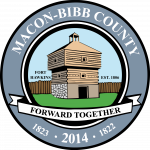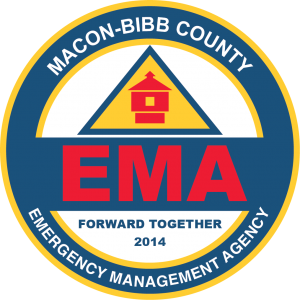Thunderstorms and Lightning
All thunderstorms are dangerous because they can produce strong winds, lightning, tornadoes, hail and flash flooding. The typical thunderstorm is 15 miles in diameter and lasts an average of 30 minutes. Lightning is a leading cause of injury and death from weather-related hazards. Although most lightning victims survive, people struck by lightning often report a variety of long-term debilitating symptoms.
Georgia’s greatest threats from severe thunderstorms are damaging straight-line winds and large hail. Straight-line winds can reach speeds in excess of 58 mph and produce damage similar to a tornado. These winds occur about 75 days per year in Georgia and are most common in the spring and summer months, peaking in July.
Familiarize yourself with the terms that are used to identity a thunderstorm hazard:
| Severe Thunderstorm Watch | Severe Thunderstorm Warning |
|
|
*Note, a severe thunderstorm refers to a thunderstorm producing winds of 58 mph or greater, 1-inch (quarter) sized hail or larger, and/or a tornado.
Before a thunderstorm, make sure to review lightning safety rules. If you hear thunder or see lightning, go indoors. Stay indoors for at least 30 minutes after hearing the last clap of thunder. If thunderstorms are expected in your areas, secure outdoor objects that could blow away or cause damage. Shutter windows and secure outside doors. If shutters are not available, close window blinds, shades, or curtains.
If there is a thunderstorm in the area, go quickly inside a home, building, or hard top automobile, if possible. If shelter is not available, go to the lowest area nearby. Listen to a battery-operated NOAA Weather Radio for the latest updates regarding the storm. Local officials will give weather forecasts for information on whether it is safe to.
Avoid taking a shower or bath, as plumbing and bathroom fixtures can conduct electricity. Do not use electrical items such as computers or television to prevent power surges.
Keep in mind to avoid these things during a storm:
- Tall or isolated trees or other tall objects
- Hilltops, open fields, beach/pool, isolated sheds, or other small structures in open areas
- Anything metal – wires, fences, tractors, motorcycles, golf carts, bicycles, etc
After a storm has passed and officials declare it clear for you to return home, make sure to never drive through a flooded roadway. Stay away from storm-damaged areas to keep from putting yourself at risk from the aftermath of a thunderstorm. Stay away from downed power lines, and if possible, report them to your local power company.

